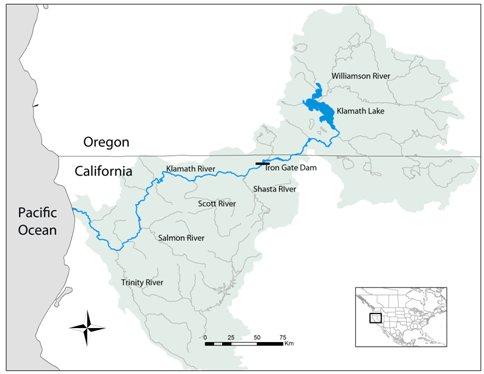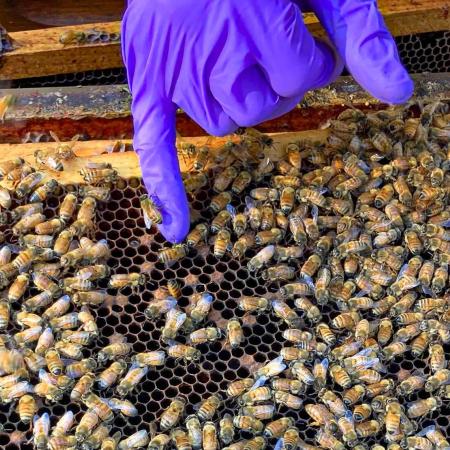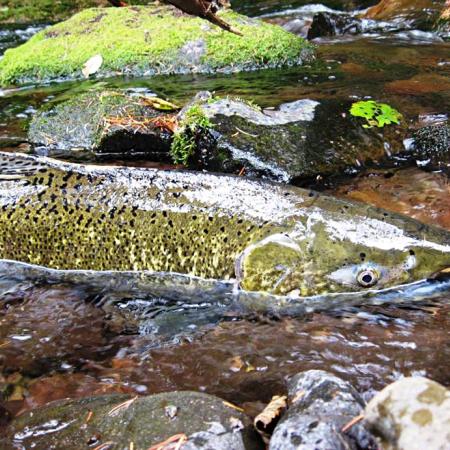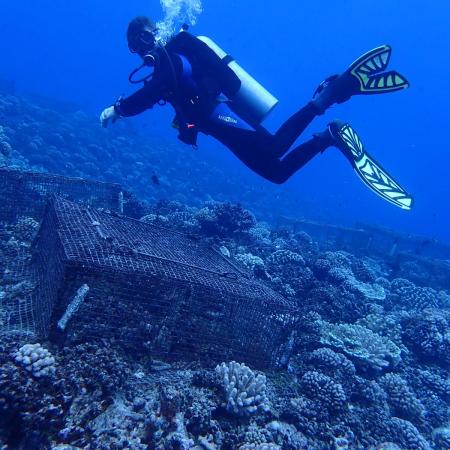Disease reduction in Klamath River Salmon
Overview
Problem: The effects of declining Pacific NW salmon populations on coastal economies and tribal communities have been felt for several decades, but the reduction of the commercial catch by 90% in 2006 was a direct result of the weak returns of Chinook salmon to the Klamath River (KR). Severe infection by the myxozoan parasite Ceratomyxa shasta has, in large part, been responsible for the declining numbers of juvenile KR fall Chinook and coho salmon and subsequent impacts on later adult returns. Compared with infection of juvenile Chinook salmon from other Pacific NW rivers, the numbers in the KR are striking. For example, incidence of Ceratomyxa shasta infection in juvenile Chinook salmon, collected in the Klamath River above the confluence with the Trinity River between May and the end of July, examined histologically has varied between 21 - 37% (2004 - 2008 data); this infection rate is much higher (31 - 62%) in samples analyzed by QPCR for the same time period. (Juvenile salmonids outmigrate during this period but also at other times of the year when infection prevalence is lower). Whereas, in the Fraser River, Canada, C. shasta infection prevalence was estimated to be 3.3% and in the Columbia River estuary, C. shasta was detected in 9.6% and 12% of juvenile Chinook salmon in 1983 and 2001, respectively. The high prevalence and severity of C. shasta infections in KR fish indicates this parasite is a key factor limiting salmon recovery in that system.




